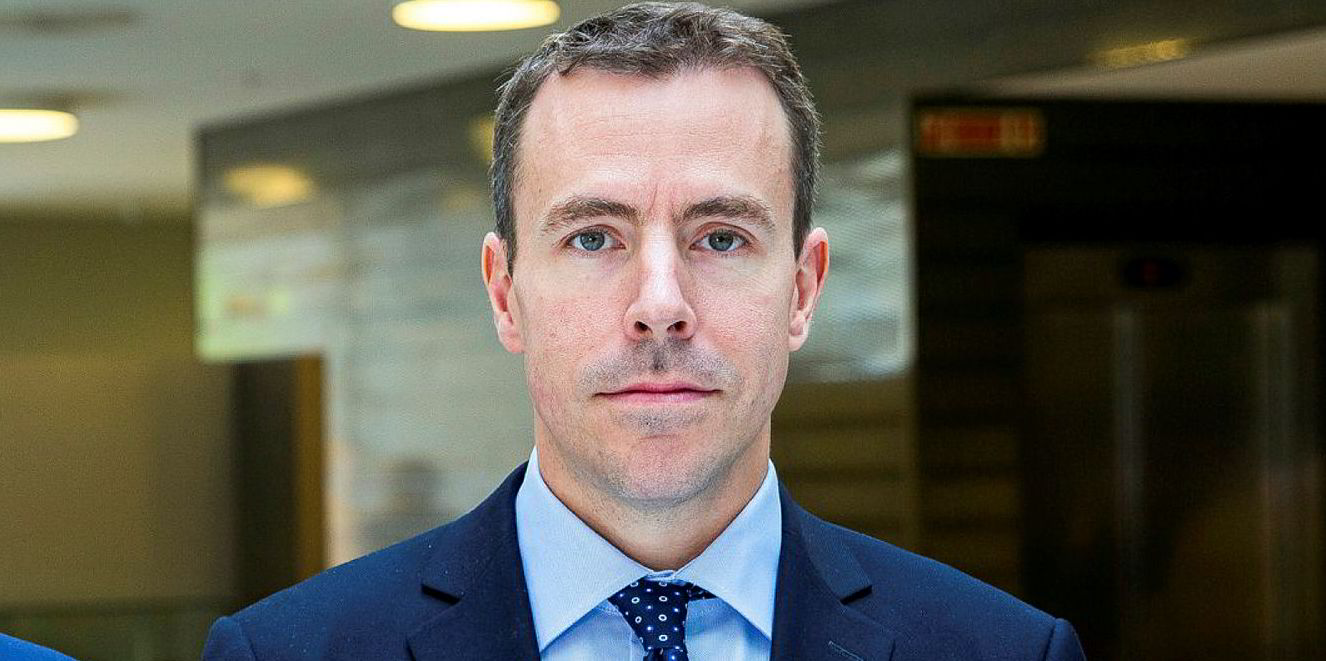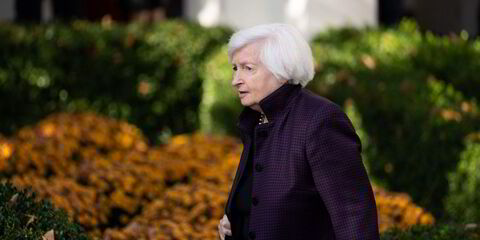The twin black swans of coronavirus and Opec’s massive opening up of oil supply are combining into a one-in-a-100-year event that will likely collapse oil prices to lows never before seen and depress the spread between bunker grades for months to come.
Bjarne Schieldrop, chief commodities analyst at SEB Merchant Banking, told TradeWinds this week: “The current price of Brent crude [at] around $25 [per barrel] is probably going down to $20, $15, $10, $5 per barrel.
Narrowing spread
"Those prices are not going to last forever but the problem is we don’t know for how long and how dire it will be. If you want a wide gas oil/fuel oil spread, you would wish to see a Brent crude oil price of $75.”
Very low-sulphur fuel oil (VLSFO) is about $75 per tonne cheaper than marine gasoil (MGO) in Rotterdam, and 3.5% high-sulphur fuel oil (HSFO) is only about $45 less than the 0.5% marine fuel.
“In a low-price environment that spread is naturally going to be tighter — and we are now looking at a massive supply surplus of crude oil in the second half of 2020,” Schieldrop said.
He added that refineries cannot sustain a discount on HSFO to the price of crude oil if they are not making profits from refining higher value products such as MGO, diesel, jet fuel or gasoline — and the market for aviation fuel has disappeared overnight while gasoline is shrinking.
However, more Saudi crude with high-sulphur content entering the market should increase HSFO availability, and that might be expected to exert downward pressure on its price, said Francis Osborne, head of forecasting at Argus Media’s consulting unit.
“So it's possible that the spread could widen again as we go forward over the next few months,” Osborne said.
But he added that the market expects a lot of the Saudi crude to go into storage and not be refined, as refinery runs are under pressure because demand is so weak, and that would limit the supply of HSFO.
Petrospot director Lesley Bankes-Hughes said the current spread of around $75 between VLSFO and MGO was what the market had expected to see at around three months after the IMO 2020 switchover.
That has meant ship operators are buying the 0.5% blends now that they have fallen back from their unforeseen spike to be more expensive than MGO in January.






